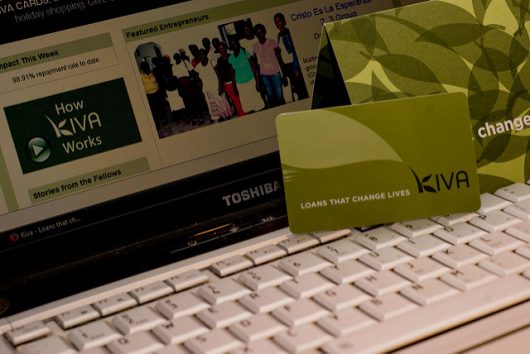 For many of the world’s poor, access to equipment, capital and necessities like basic healthcare are difficult to acquire. Kiva.org is a pioneer for online micro-lending that enables low-income entrepreneurs to do something they otherwise would not have been able to afford. Kiva facilitates connecting a lender to a borrower, who then helps fund a no-interest loan as low as $25 (USD). The borrowers are then held accountable to repay the loan. As of today, Kiva is working in 84 countries and has a 97 percent loan repayment rate. Essentially, micro-lending is working.
For many of the world’s poor, access to equipment, capital and necessities like basic healthcare are difficult to acquire. Kiva.org is a pioneer for online micro-lending that enables low-income entrepreneurs to do something they otherwise would not have been able to afford. Kiva facilitates connecting a lender to a borrower, who then helps fund a no-interest loan as low as $25 (USD). The borrowers are then held accountable to repay the loan. As of today, Kiva is working in 84 countries and has a 97 percent loan repayment rate. Essentially, micro-lending is working.
Recently, Kiva entered a new lending space: education. With its Student Micro-loans program, now anyone can lend as little as $25 to students. In 2010, Kiva launched in Paraguay, Bolivia and Ecuador by working closely with its field partners to find prospective students in the three countries and create a customized loan program that works within the countries’ educational systems. Kiva’s CEO Premal Shah stated that moving into short-term student loans was a natural transition for Kiva. Shah saw an opportunity for financing something that had a long-lasting effect, and education fit the bill because student micro-loans create an education option for students in poor nations.
Improving access to education should be a top priority globally. Investing in higher education is a must if a country wants to encourage economic development. Education shapes the next generation of innovators, inventors and experts. Kiva CEO Shah mentioned that a one-year certificate in accounting can mean a 200-300 percent income increase in the countries Kiva is serving. It is a practical method to break generational poverty, which is why many impoverished nations treat education as a necessity. International focus on higher education was prominent during the 1990s, when student enrollment in public education doubled in developing countries.
Another startup, Vittana.org, launched a micro-lending marketplace for students and has since partnered with Kiva to help students get into the workforce and marketplace after matriculation. In 2014, Vittana and Kiva hoped to help 20,000 students access micro-loans for their educations. As a practical matter, the organizations are focusing on countries where jobs are abundant, but most require some level of higher education, like a certificate or degree. The purpose of aiding the borrowers in getting jobs afterwards is to secure Kiva’s interest in repayment. The loan is a loan, not a donation. Once repaid, the lenders have the option to re-invest in another borrower, or in this case, another student.
In short, student micro-loans create an education option for students of poor nations. By enabling education, students around the world have the chance to pursue knowledge and skills, and they are more competitive in the workforce and have the opportunity to break the cycle of generational poverty. When even one person steps away from poverty, it benefits them, their family and their community at large. Facilitators like Kiva and Vittana make it easy for anyone with $25 to get involved. In sum, their strategy is to pursue solutions to the lack of access to school with a simple, working concept that student micro-loans create an education option for students in poor nations.
– Taylor Elkins
Photo: Flickr
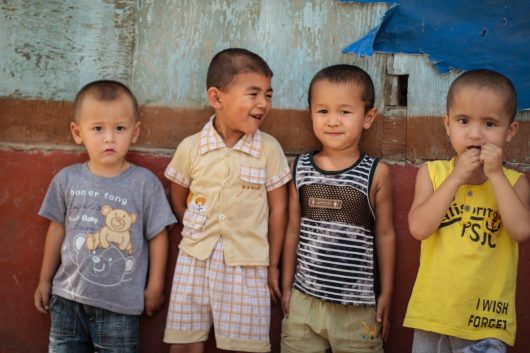 Tajikistan has done an incredible job over the past 15 years of reducing
Tajikistan has done an incredible job over the past 15 years of reducing 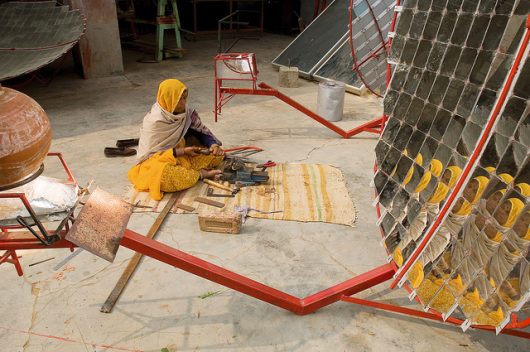 A business partnership between law firm Hogan Lovells and Barefoot College seeks to help women in the developing world rise out of poverty by offering programs in solar panel engineering.
A business partnership between law firm Hogan Lovells and Barefoot College seeks to help women in the developing world rise out of poverty by offering programs in solar panel engineering. 
 On October 10, 2010, after centuries operating as a deep-water port for the Dutch, the small Caribbean island of Curacao
On October 10, 2010, after centuries operating as a deep-water port for the Dutch, the small Caribbean island of Curacao 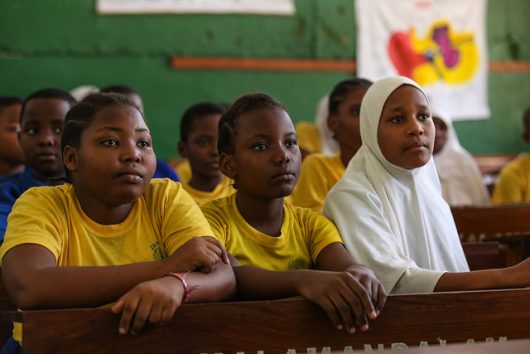 On June 22, 2017,
On June 22, 2017, 
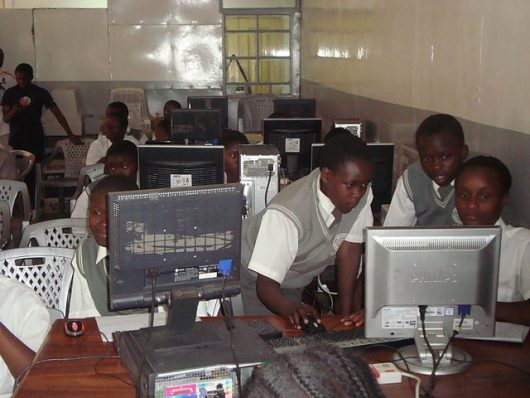 New technological advancements in
New technological advancements in 

